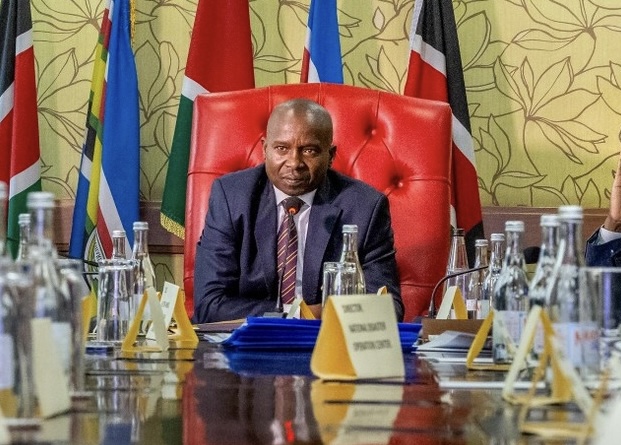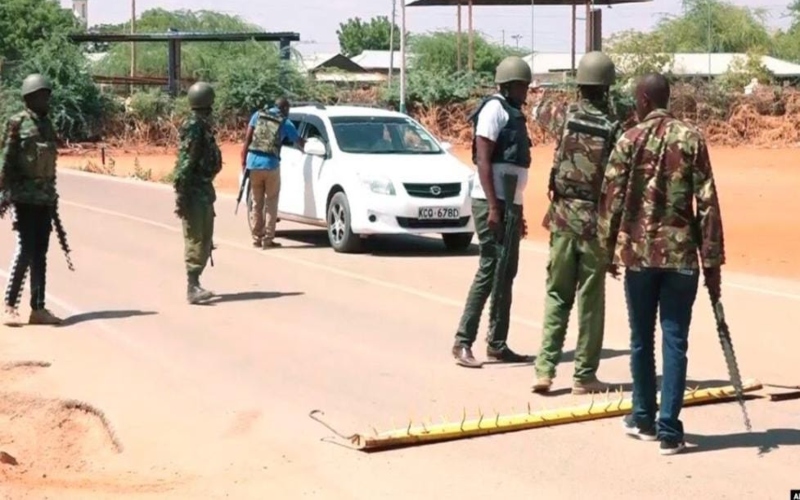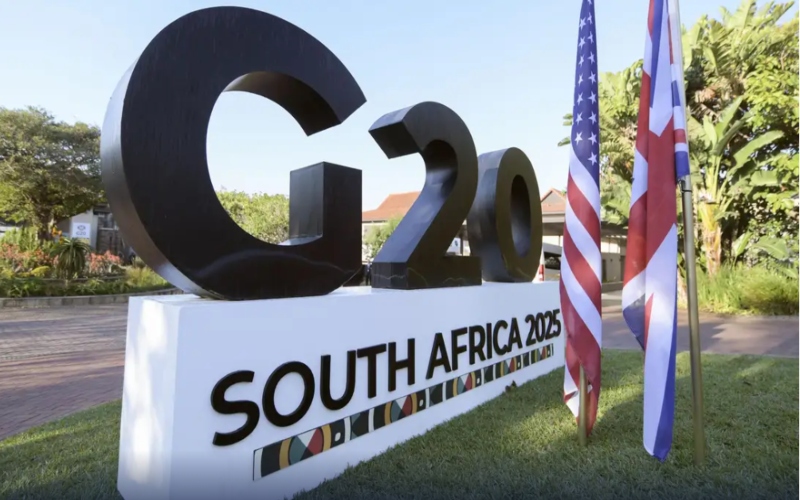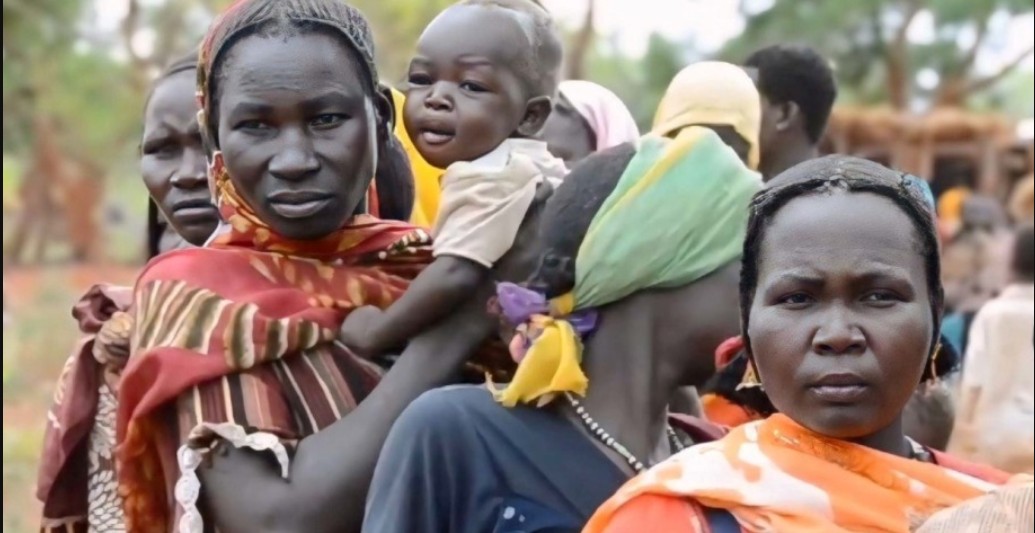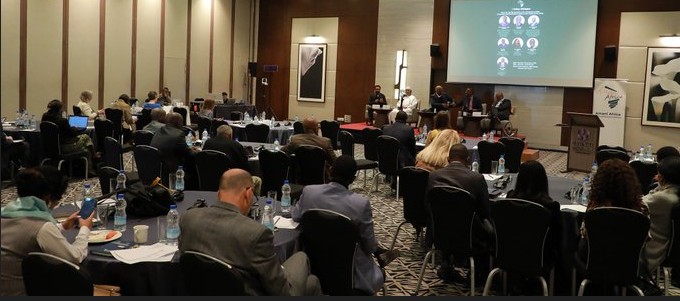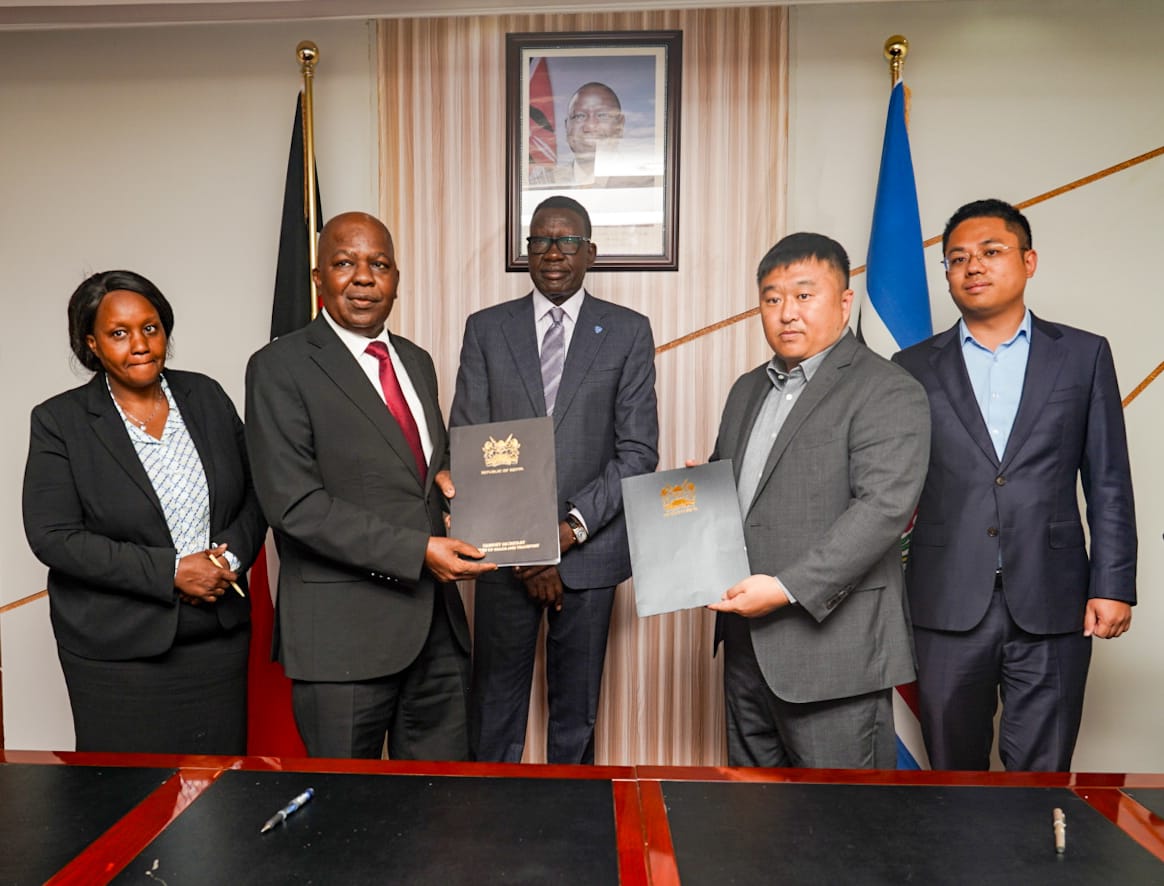Drought agency raises alarm over funding cuts, pleads for budgetary support
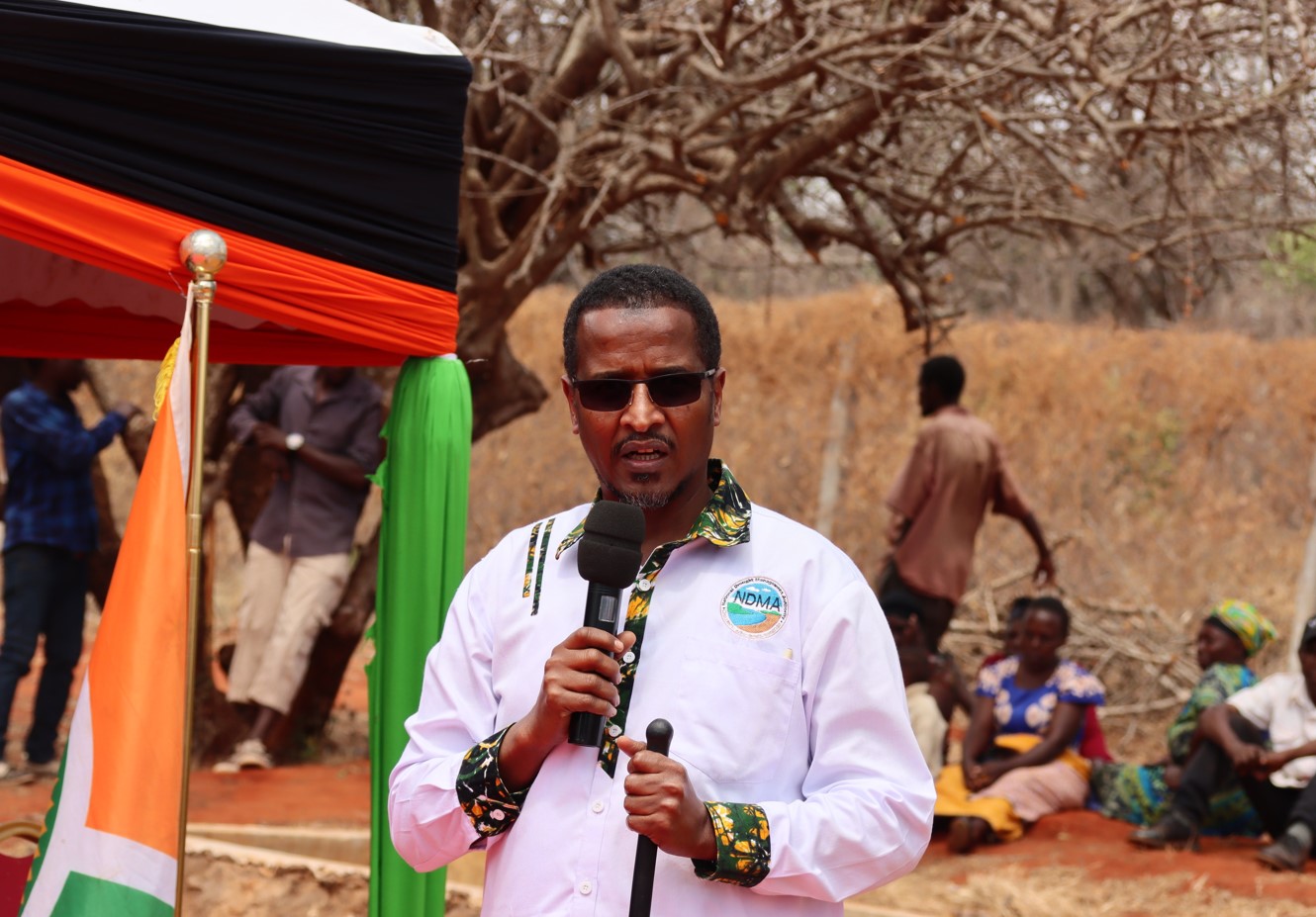
The agency, responsible for drought management, revealed that it has only been allocated Sh20 million for its operations this financial year, a drastic reduction from the Sh2 billion it received previously.
The National Drought Management Authority (NDMA) has raised concerns about its inability to respond to emergencies due to a significant budget cut.
The agency, responsible for drought management, revealed that it has only been allocated Sh20 million for its operations this financial year, a drastic reduction from the Sh2 billion it received previously.
More To Read
- Over 2.1 million Kenyans face severe food shortages as drought worsens
- Garissa County launches digital livestock vaccination drive to boost pastoralist resilience
- Garissa governor calls for urgent action as 33,000 households face starvation
- Marsabit households get 100 camels in government push to restore livelihoods
- Sh3.9 billion hunger safety net payments: Number of households to benefit from payouts
- NDMA funding shortfall delays Sh3.9 billion hunger safety net payments to 133,800 households
Speaking before a parliamentary committee, NDMA Chief Executive Officer Hared Adan explained that, in the past, the agency played a crucial role in responding to disasters such as droughts and floods, but now, with such limited funds, it has no capacity to intervene.
Hared also noted that without the continued support from donor organisations, the agency would not be able to function at all.
He mentioned that the NDMA needs Sh60 million to carry out essential bi-annual food security assessments, which are vital for guiding government decisions on resource allocation.
"The agency has so far managed to raise only Sh30 million from stakeholders, with no financial backing from the government," he said.
He further revealed that the authority requires Sh90 million annually to coordinate drought response efforts, yet no funds have been allocated for this critical function.
"The financial situation has become so dire that the NDMA relies on donor contributions to pay statutory employee deductions," he said.
Stalled projects
Additionally, Adan pointed out that 20 projects, partially funded by donors, have stalled due to the government's failure to provide its share of funding.
The NDMA, established under the National Drought Management Authority Act of 2016, oversees drought risk management and coordinates efforts to prevent drought-related crises.
In its July drought update, the Authority reported that 22 counties remain classified under the ‘Normal’ drought phase, except for Kilifi, which is was on ‘Alert’ status.
It noted that the classification is based on the monitoring of various indicators, including environmental, production, access, and utilization factors, which have remained stable due to favourable conditions during the March-April-May (MAM) 2024 rainfall season and ongoing light rains in the June-July-August-September (JJAS) period in western Kenya.
The authority said it expects the situation to remain stable in the coming months, with further improvements anticipated as the country approaches the short rains season in October-November-December.
NDMA also reported that the number of people requiring assistance has decreased from 1.5 million in February 2024 to 1 million by August 2024.
Additionally, the number of children aged six to 59 months in need of treatment for acute malnutrition has dropped from 847,932 in February 2024 to 760,488 in July 2024.
There has also been a decline in the number of pregnant and breastfeeding women requiring treatment for acute malnutrition, from 123,567 in February 2024 to 112,401 in July 2024, according to the Kenya Food Security Steering Group’s Long Rains Assessment (KFSSG LRA) 2024 report.
Top Stories Today


